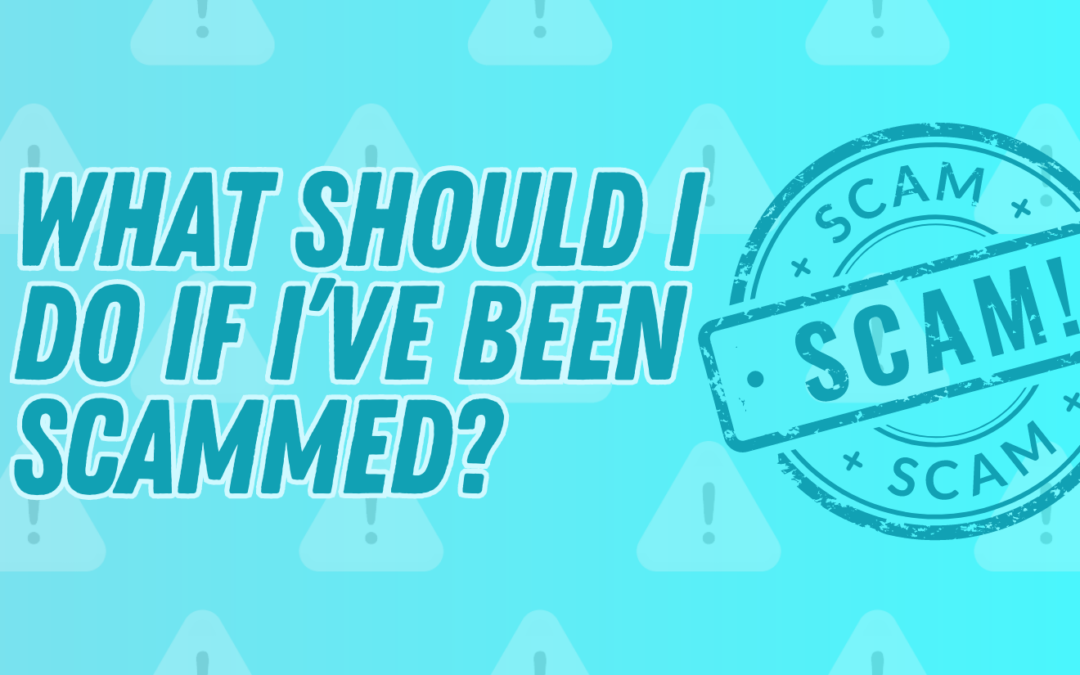1. Stop All Communication
• Immediate Action: The moment you suspect a scam, immediately cut off all contact. Do not engage or respond, as scammers often use psychological tactics to manipulate victims further.
• Block and Report: On platforms like email, phone, or social media, use the block feature to prevent further contact. Report the scammer to the platform administrators (e.g., report spam or fraudulent behavior on social media sites, email services, or messaging apps).
2. Document Everything
• Save All Communications: Take screenshots of emails, texts, social media messages, and any other communications. Save voicemails and call logs.
• Transaction Records: Print or save electronic copies of bank statements, PayPal transactions, wire transfers, or any other financial documents that show payments to the scammer.
• Detailed Notes: Keep a detailed log of your interactions with the scammer, including the context of conversations and promises made. Note any specific details such as names, phone numbers, email addresses, and the methods used to contact you.
3. Report to Authorities
• Local Law Enforcement:
o File a Police Report: Visit your local police station in person. Provide all the documentation you’ve gathered.
o Follow Up: Obtain a copy of the police report. This can be important for your records and may be needed when reporting to other agencies or disputing charges with financial institutions.
• Federal Trade Commission (FTC):
o Detailed Report: Go to reportfraud.ftc.gov. Provide as much information as possible, including the scam type, how you were contacted, and the scammer’s details.
o Consumer Information: Visit consumer.ftc.gov for additional resources and advice on dealing with fraud.
• Internet Crime Complaint Center (IC3):
o Filing a Complaint: Go to ic3.gov. The IC3 handles cybercrime and Internet-facilitated scams. Provide comprehensive details about the scam, including any documentation and financial transactions.
• Other Agencies:
o U.S. Postal Inspection Service: If the scam involved mail, file a complaint at uspis.gov.
o Securities and Exchange Commission (SEC): For investment scams, report to the SEC at sec.gov.
o State Consumer Protection Office: Each state has a consumer protection office that handles fraud complaints. Find your state’s office and file a complaint.
4. Notify Financial Institutions
• Contacting Banks and Credit Card Companies:
o Immediate Notification: Call the fraud department of your bank or credit card company immediately. Many institutions have 24/7 fraud hotlines.
o Dispute Charges: Dispute any unauthorized charges. Provide documentation to support your claim.
o New Accounts: Request new account numbers and cards to prevent further fraudulent activity.
• Payment Platforms:
o PayPal, Venmo, Zelle: Report the scam to the customer service or fraud department of the payment platform used. Ask about reversing the transaction.
o Chargeback Requests: If the transaction was through a credit card, inquire about the possibility of a chargeback.
5. Check Your Credit Reports
• Credit Bureaus: Obtain a free credit report from Equifax, Experian, and TransUnion at AnnualCreditReport.com. Look for any unauthorized accounts or inquiries.
• Fraud Alert: Place a fraud alert on your credit report by contacting one of the three major credit bureaus. This will make it harder for identity thieves to open accounts in your name.
• Credit Freeze: Consider a credit freeze, which prevents lenders from accessing your credit report entirely. This is a stronger measure but provides significant protection.
6. Change Passwords
• Critical Accounts: Focus on your email, bank, and social media accounts first.
• Strong Passwords: Use complex passwords that include a mix of letters, numbers, and special characters. Avoid using the same password for multiple accounts.
• Password Manager: Utilize a password manager to generate and store strong passwords securely.
• Two-Factor Authentication (2FA): Enable 2FA on your accounts to add an extra layer of security.
7. Monitor Your Accounts
• Bank and Credit Card Statements: Regularly review statements for any suspicious activity. Report any unauthorized transactions immediately.
• Credit Reports: Regularly check your credit reports for new accounts or inquiries you did not authorize.
• Alerts and Notifications: Set up alerts with your bank and credit card companies to be notified of transactions over a certain amount or any unusual activity.
8. Educate Yourself
• Trusted Sources: Use resources from the FTC, Better Business Bureau (BBB), and AARP Fraud Watch Network.
• Current Trends: Stay informed about the latest scam tactics by subscribing to newsletters or alerts from these organizations.
• Scam Recognition: Learn to recognize common red flags such as unsolicited offers, requests for personal information, and high-pressure tactics.
9. Get Support
• Emotional Support: Talk to friends, family, or a counselor if you’re feeling overwhelmed. Victim support services can provide counseling and support.
10. Stay Vigilant
• Verification: Always verify unsolicited contacts. Independently find and use contact information to confirm legitimacy.
• Suspicious Offers: Be skeptical of offers that seem too good to be true or pressure you to act quickly.
• Privacy Practices: Protect your personal information by using privacy settings on social media and being cautious about what you share online.
@USCRYPTOCOP.COM


